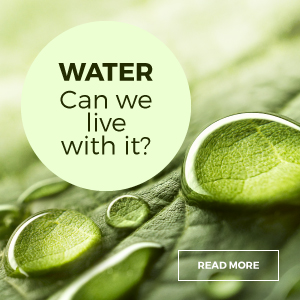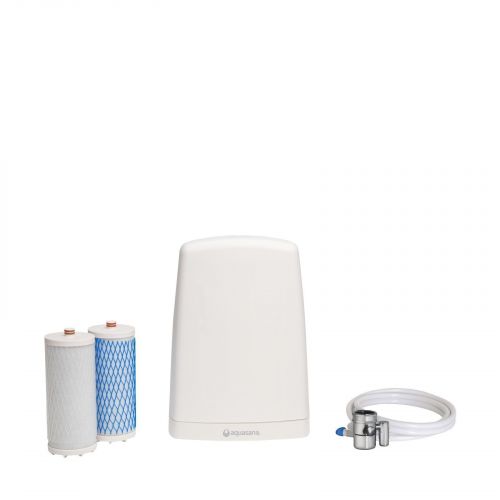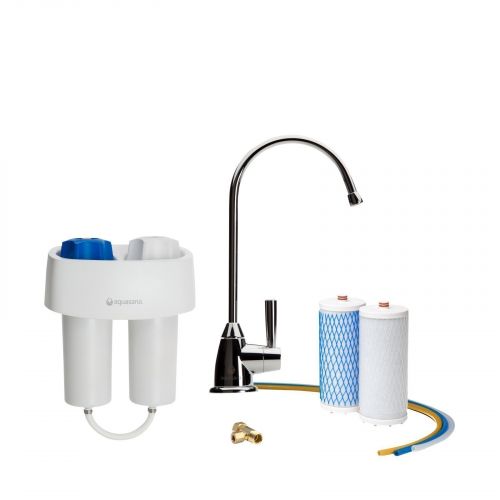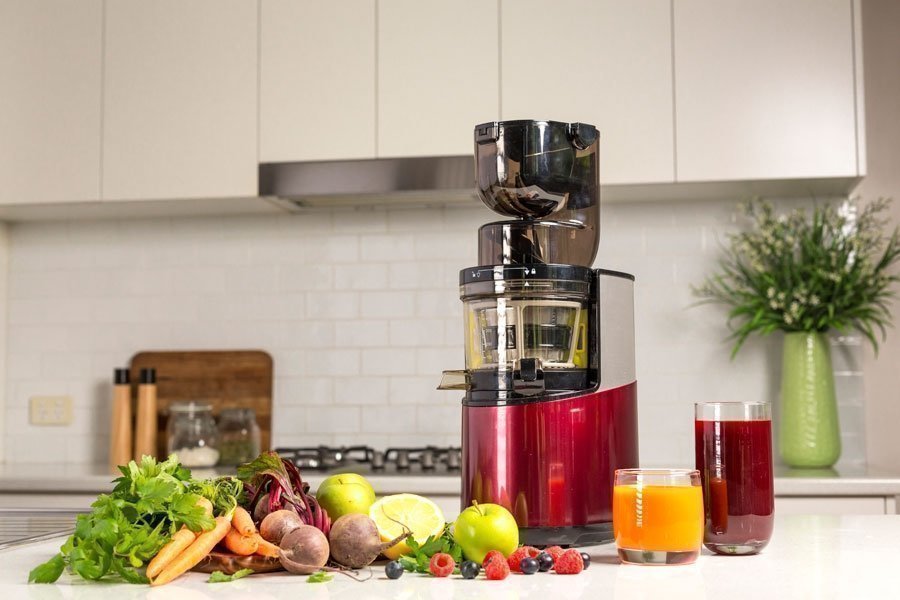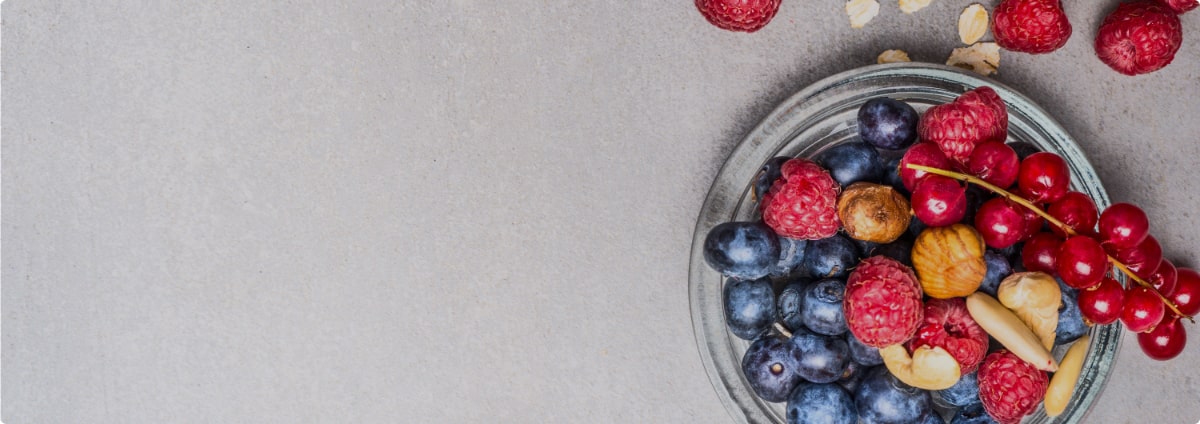Vitality 4 Life uses cookies to provide and improve our services, if you continue browsing, we consider that you accept its use. For more information, please see our privacy page.

Ditch the bottle and go back to the tap
If you asked me, and probably any other Australian, back in the early eighties whether I would spend $3.50 on bottled water I would have laughed in your face. Even if I was stuck in the middle of the outback.
So what the bloody hell happened and why did we bottle it?
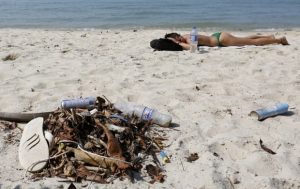
According to Cool Australia these are the facts about bottled water:
* It takes up to 3-7 litres of water and one litre of oil to produce one litre of bottled water.
* A recent Sydney Morning Herald article showed most consumers can’t taste the difference between bottled and tap.
* Bottles used to package water take over 1,000 years to bio-degrade and if incinerated, they produce toxic fumes.
* Most water bottles end in landfill.
* The average Australian drinks 30 litres of bottled water per year.
* Australians buy more then 118,000 tonnes of plastic drink bottles a year.
* It takes 8 years to recoup the cost of a bottle of water by refilling the bottle with tap water.
Apart from these startling facts bottled water is not much better for you than ordinary tap water in most developed countries. So why have Australians purchased over 726 million litres of water costing up to two billion dollars on something we can get for free? Genius marketing maybe?
Where does this bottled water come from?
The pristine, bubbling mountain creeks in the advertisements? Probably not, it’s mostly bore water pumped up the ground where many potentially harmful elements have seeped in. When we do import bottled water from Europe and Fiji it has to be pumped out of the ground, packaged, transported and chilled before it gets to us. This creates over 60,000 tons of greenhouses gases a year in Australia alone.

The manufacture and transport of the plastic bottles for all this water requires over 460,000 barrels of oil. Less than 40% of these bottles are recycled; the balance ends up in landfill, waterways or the stomachs of our precious wildlife.
Bottled water is healthier, isn’t it?
Some don’t agree. According to the Back to the Tap campaign “up to 40% of bottled water comes from the same source as tap water; however, tap water adheres to much stricter regulations.” Dr Susanne Bennett, Natural Allergy Doctor and Environment Advocate says “Tap, carbon filtered, alkaline, and even some bottled water contains chemicals, heavy metals, nuclear material, and potential allergens”.
Plastics in our plastics
A recent study has found that THE world’s leading brands of bottled water are contaminated with tiny plastic particles that are likely seeping in during the packaging process.
“Widespread contamination” with plastic was found in the study, led by microplastic researcher Sherri Mason of the State University of New York at Fredonia, according to a summary released by Orb Media, a US-based non-profit media collective.
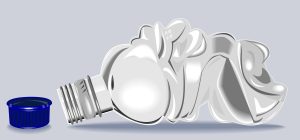
So what should we do if we want to drink clean water?
The best way, as usual, is to do it yourself, ditch the plastic bottle and filter your own tap water with a Waterlovers Distiller or an Aquasana water filter system. Filtering provides clean, great-tasting water from every tap in your home by removing 97% of chlorine in regular tap water and reducing other harmful contaminants such as heavy metals, industrial solvents and more. Activated Carbon treatment water filters can distinguish between pollutants and important trace minerals such as magnesium, potassium and calcium, keeping the good and getting rid of the bad.









